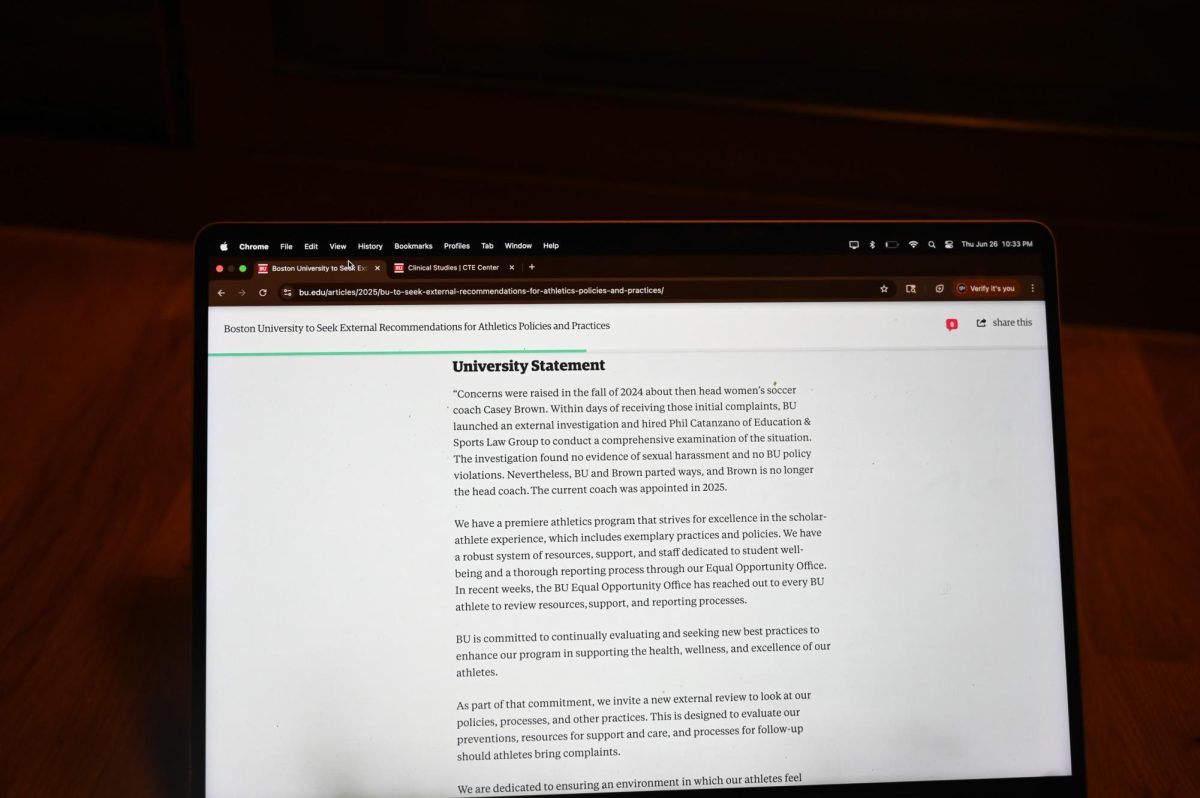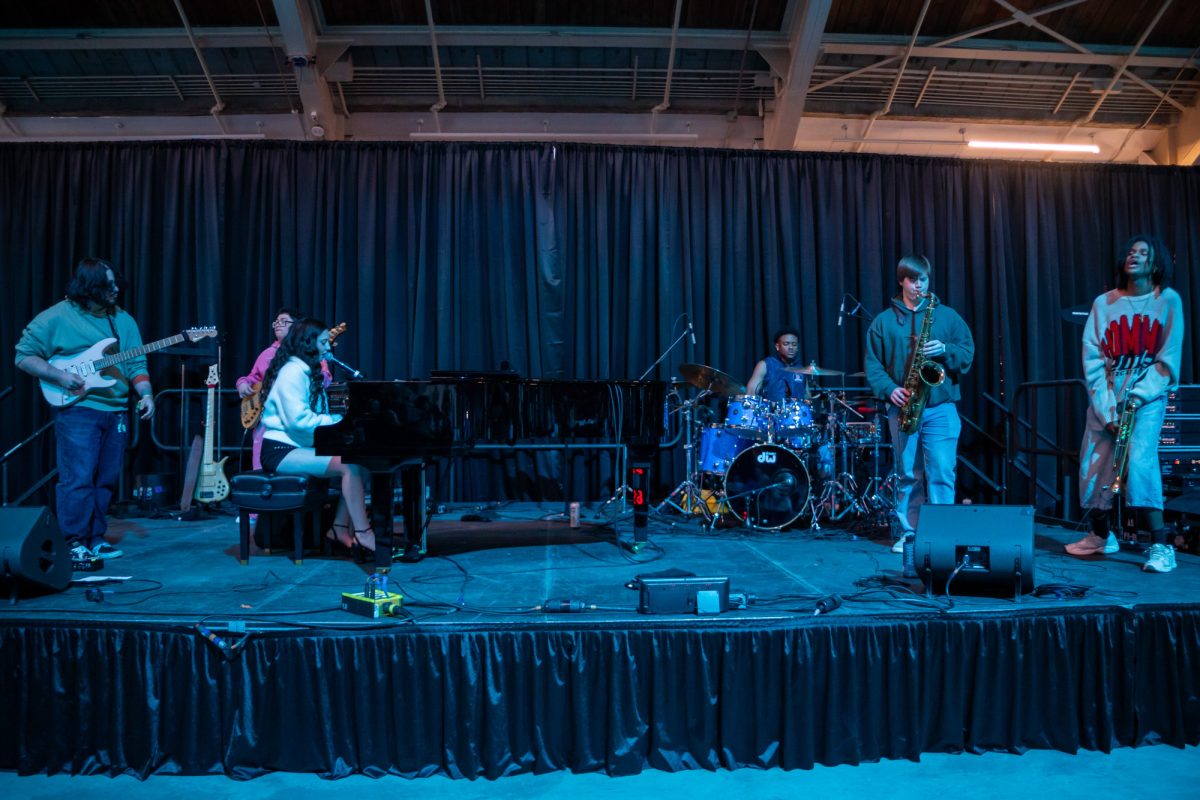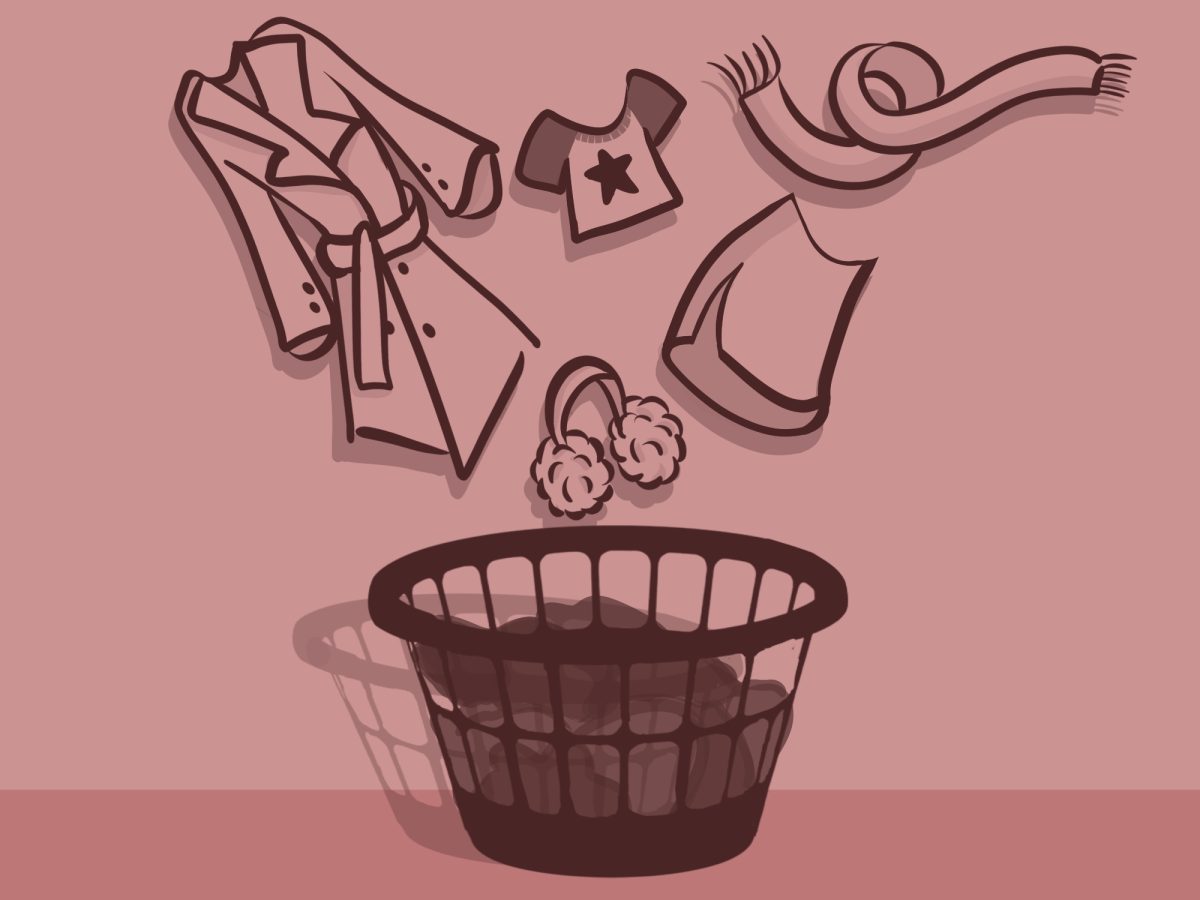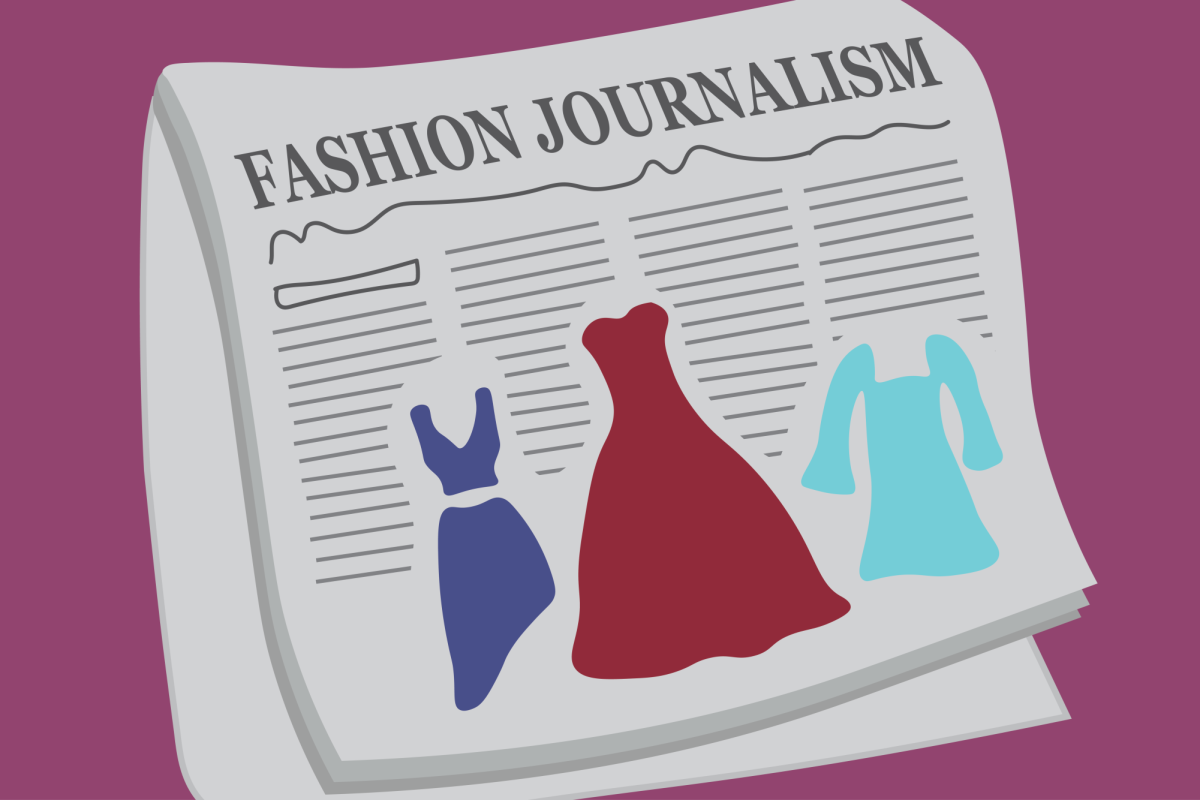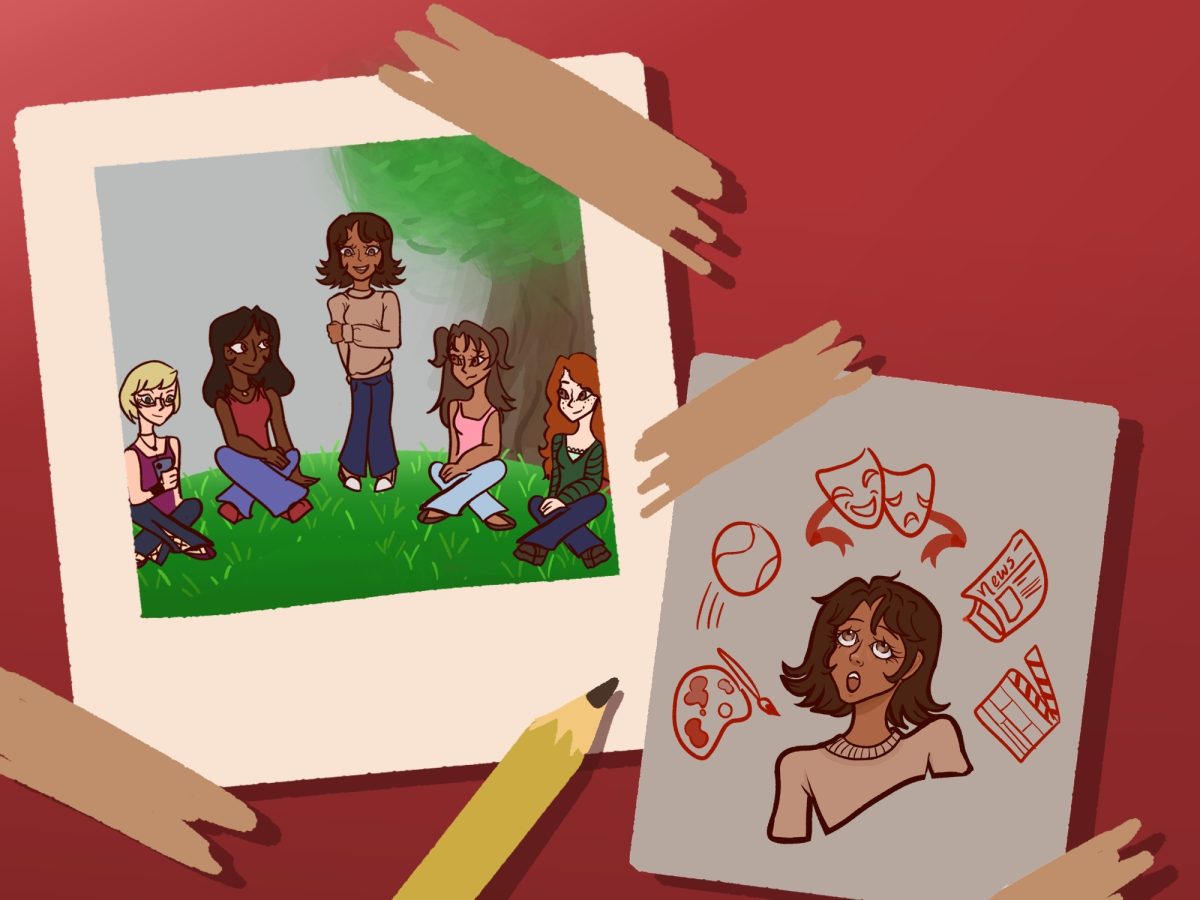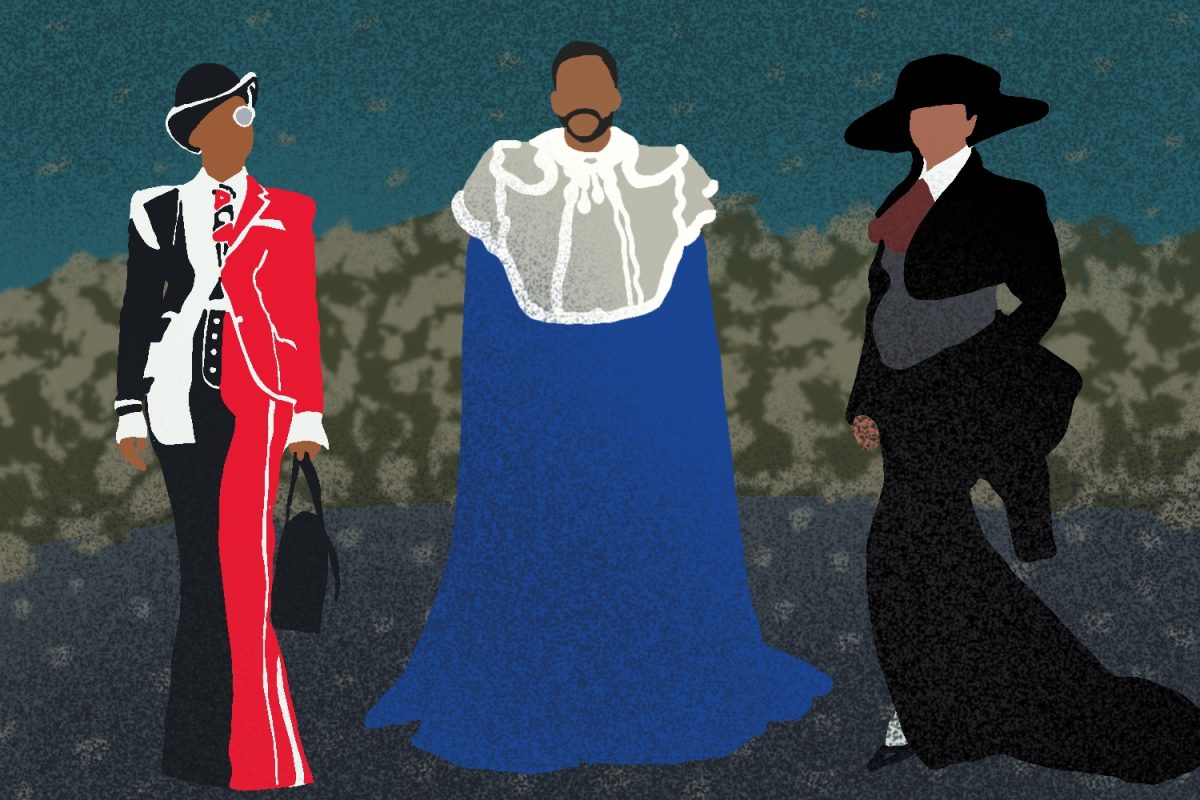With headlines such as “Native Bostonians Unable To Defend Land From Invading College Students” and “New Study Finds College Binge Drinking To Be A Blast,” The Onion readers know they’re receiving just another dose of the humor publication’s expected satire.
While Onion articles may evoke laughter from its audience, real college newspapers have made headlines in recent months as they ran pieces emulating popular satire that ended up offending more than entertaining.
SOMETHING SOUR
Last month, The Daily Princetonian, a student newspaper at Princeton University, published a mock editorial in the paper’s annual joke issue. Written as a piece by a fabricated Asian student, the editorial used broken English, poor grammar and stereotypes as it accused the university of racial discrimination in admissions procedures.
The Recorder, a student-run publication at Central Connecticut State University, ran an op-ed titled “Rape Only Hurts If You Fight It” in February. The newspaper’s opinion editor, John Petroski, came under fire on campus for using a sensitive topic for a satirical piece. The Recorder has published other satirical pieces, including a fake interview on Jan. 31 with Venezuelan President Hugo Chavez and another on Feb. 7 with Jane Fonda. A disclaimer labeling the work as “satirical fiction” appeared at the end of each piece.
Boston University journalism department Chairman Lou Ureneck said he does not think college newspapers should publish joke issues.
“I think they work against the long-term credibility of the newspaper,” he said. “What we look for are people to edit our newspapers who have good judgment. It’s one of the things we try to teach students in our journalism program.”
Ureneck called satire in a daily newspaper a “big problem,” although he said satire does have a place in public discourse.
“I fear that it is too easily misunderstood,” he said. “People may be reading the newspaper quickly. They come to the newspapers with a set of expectations about what they’re going to get and such.”
Some college newspapers publish weekly satirical columns or sections that provide commentary about current newsmakers. At Brown University, The Brown Daily Herald publishes “Diamonds and Coal,” also on Friday.
The Wesleyan Argus, a student-run newspaper at Wesleyan University in Connecticut, also publishes a weekly section called “Ampersand,” similar to the one featured on the editorial page in the Friday issue of The Daily Free Press. Ampersand Editor Brian Morgan, a Wesleyan sophomore, said “Ampersand” became a humor section in the early 1990s.
“It’s been a humor sort of, parody of the news section ever since,” he said. “A lot of our stuff ends up being a lot like The Onion . . . but we’re not restricted to that.”
Morgan said readers recently complained about a piece he wrote mocking a fraternity dinner that honored a local fire captain who died.
“I received numerous complaints about that because apparently it wasn’t sensitive enough to the situation, and the party wasn’t like a social, dance-party type thing. [The party] was more legitimate,” he said.
Morgan said some of his writing has been censored for being too offensive, and he acknowledged the limits of parody.
“Obviously there’s a line between pushing the envelope and going over the line,” he said. “And where that line is is really touchy.”
Morgan said the section has never been mistaken by readers for real news.
“I think at this point everyone knows that the ‘Ampersand’ is going to be satirical,” he said. “Our page faces the comics, so they know that this isn’t the real news. That hasn’t been a huge issue for us. I think at this point most people understand that we aren’t the news.”
TANGY! TASTEFUL!
While some satirical media, like Comedy Central’s “The Daily Show With Jon Stewart” and The Onion, employ a journalistic format, Ureneck said serious publications are held to a higher standard and should not publish satire because readers may easily confuse it with real news.
“When people watch ‘The Daily Show’ or [read] The Onion, they know it’s satire,” he said. “But when they read the daily newspaper . . . there is the potential for confusion, and that’s troubling.”
Ureneck said satire and journalism have distinct purposes.
“I think good satire is a good thing. I just don’t think it is journalism,” he said. “Journalism is something else. Journalism is accurate and verifiable information on important public issues.”
However, he said, purveyors of satire are valuable contributors to public discourse.
“I think Jon Stewart is a genius in identifying problems in the media and in government. He has a very straight-from-the-shoulder, candid way of seeing the world,” Ureneck said. “I just don’t go there for news.”
The Onion writer Reiss, a former Daily Free Press columnist and 2005 College of Communication graduate, said he considers his work to be comedy writing, not journalism. Reiss said the publication adheres to Associated Press style and follows other journalistic rules.
“The Onion is comedy writing, and it’s parodying journalism,” he said. “The closer the parody is to journalism, the better it is.”
The Onion does not have a steadfast rule about what kind of content it can and cannot publish, although its staff does not want to make fun of the “wrong” person, Reiss said.
“One of the great things about The Onion is that it really pulls no punches in terms of what it runs,” he said. “It’s smart, good stuff, and that’s not saying we don’t cross the line and we don’t offend people. You can’t tailor everything to everyone’s taste, or you’ll drive yourself crazy.”
CLASSIC RECIPE
Although satirical presentations of news are drawing increasingly large audiences, such shows and publications are nothing new, journalism professor Chris Daly said. Outlets like Mad magazine and the “Weekend Update” segment of NBC’s “Saturday Night Live” have been around for decades, he said.
“Making fun of the news is not in itself a brand new thing,” he said.
Daly said he considers these types of outlets to be journalism “under a broad definition of journalism that includes analysis and reflection of the news.”
“I think what they’re doing is making a fantastic commentary on the straight news organization,” he said.
Editors at serious publications must be careful about labeling and framing satire to protect their relationship with readers and their credibility, while The Onion and other satirical publications have more leeway, Daly said.
“For a newspaper like The Onion, the biggest risk they take is being boring,” he said.
Daly said news outlets who irresponsibly publish satire risk damaging their most important relationship — the one they have with their readers. Satire may be seen more frequently in college publications because they are not as cautious as mainstream publications, he said.
“I think a lot of mainstream publications are very afraid — very fearful — of giving offense,” Daly said. “They’re trying to appeal to the widest possible audience, almost always.”
Daly said this cautious approach can lead to bland stories.
College newspapers that receive backlash for publishing questionable material should not also suffer consequences from university officials or journalism departments, Daly said. He said the publication’s audience can punish the editorial staff for published material that upsets them.
“I’m very uncomfortable with the idea that there should be repercussions from any third parties. Readers should certainly speak up . . . by all means, tell the editors. This is a two way relationship.”

